Dr. Eric Jackman Institute of Child Study Grade 5 teacher Tanya Demjanenko believes that students need to understand the capabilities of technology and how they can be active participants in the creation of new technology.
“As a teacher,” Tanya said, “one of the languages I think students should be learning – and I’m not the first teacher to say this – is coding.”
Besides learning how to code, Tanya also wanted to inspire students to use coding and computational thinking in a meaningful way. She invited her Grade 5 students to create an app to inspire a change in energy consumption habits, ultimately leading to a reduced environmental footprint.
“I knew the children were very interested in energy and the conservation of energy,” she said. “I wanted to find some kind of a way for them to feel like they had a say in their learning and for them to be active citizens/participants in society and could make a change in the world.”
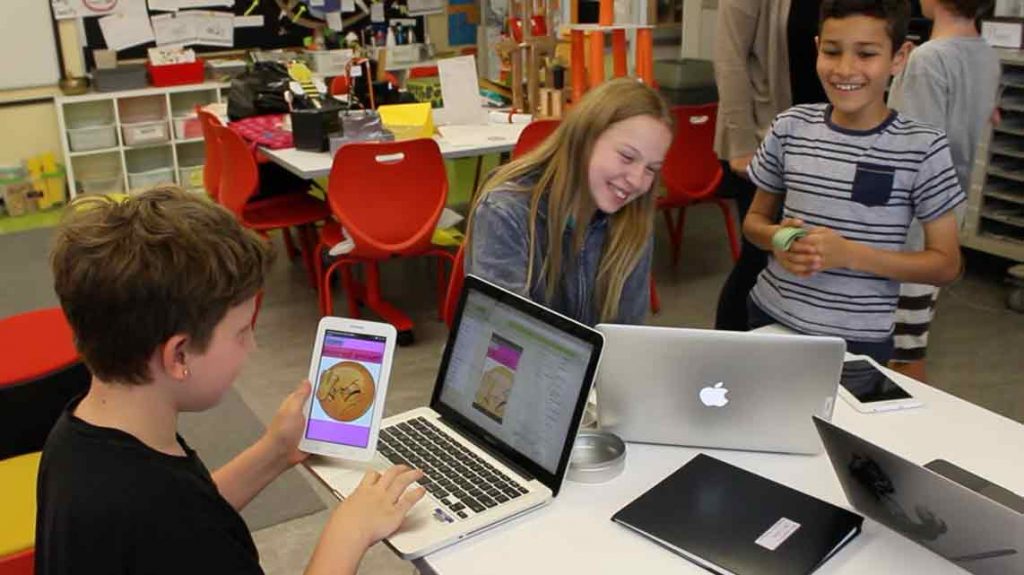
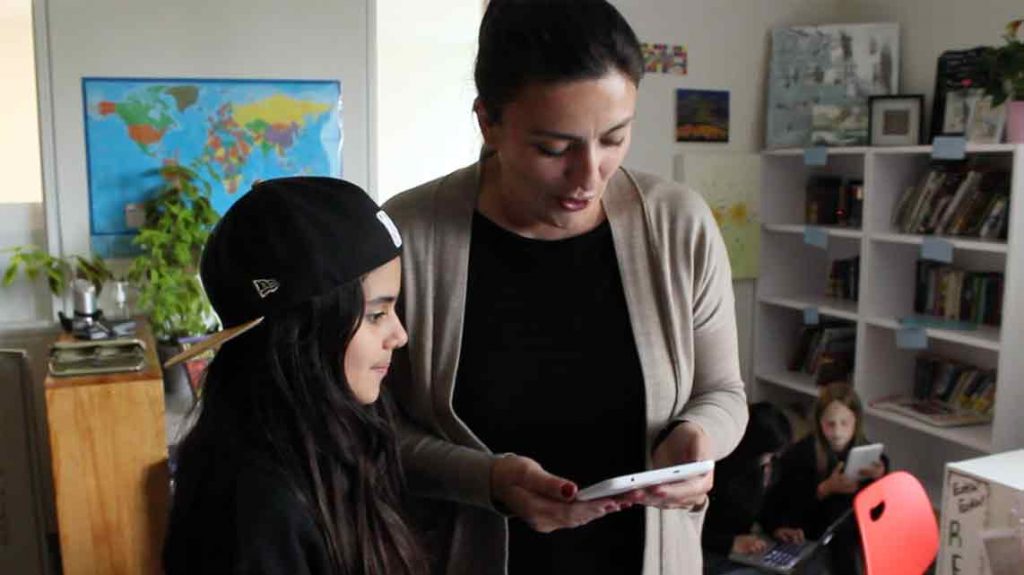
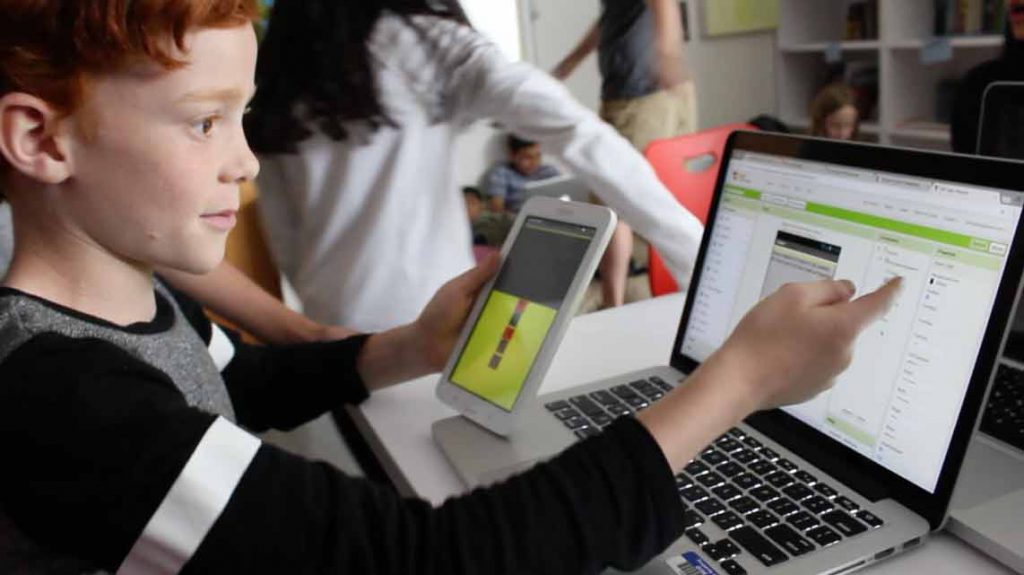
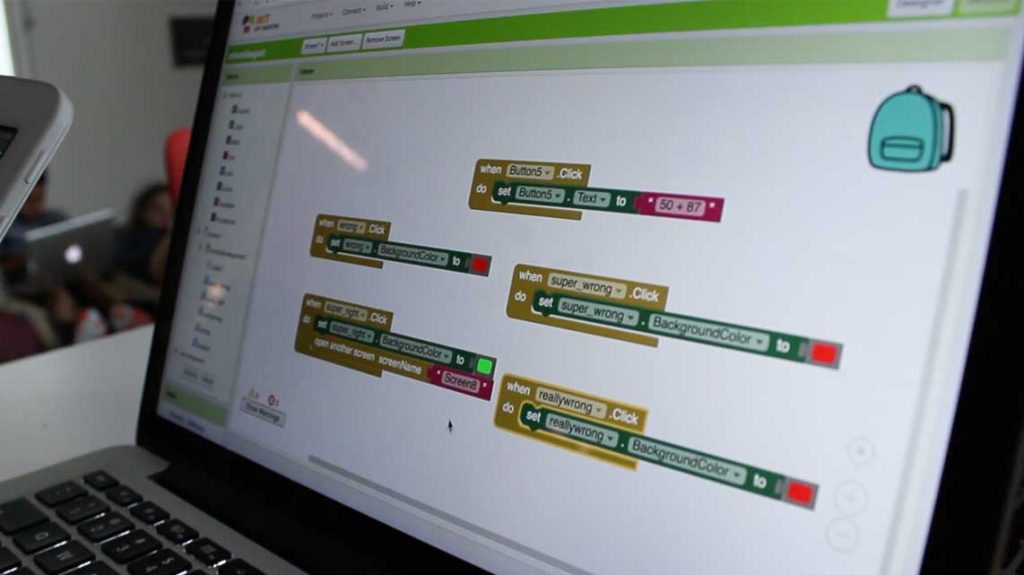
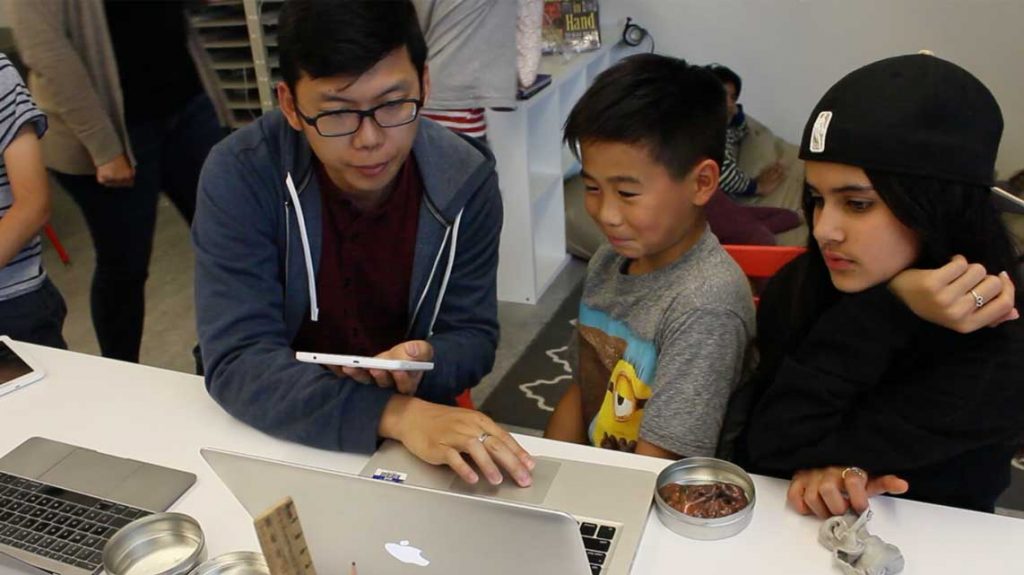
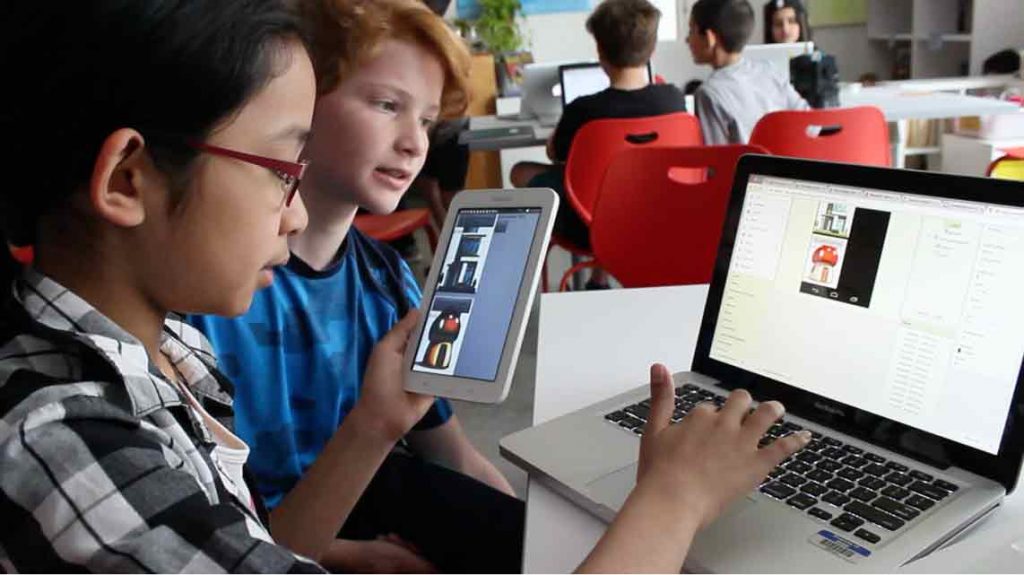
Tanya admits her strength isn’t in coding and says this is common amongst teachers nowadays. While this could have been a barrier, it instead created an opportunity to collaborate with JICS STEM teacher Nick Song. Together, Tanya and Nick created a plan which included these learning goals for the students:
- Understanding the concept of energy and the environment
- Connecting science and technology and its effect on the environment
- Figuring out the mathematical relationships in interactions between the environment and ourselves
- Designing an app around those interactions with a focus on sustainability and stewardship
- Spreading awareness with their apps
The students used Android tablets (handheld devices) and access to a computer to create apps using MIT app maker. “I have done coding before in my class, but I’m not an expert in coding, so that’s where Nick was able to come and say, okay, I can help with this,” Tanya said. “His expertise brought more than I would have necessarily been able to do on my own.” Nick showed the students the functionality of the program used to create their apps.
The students came up with their own ideas for the app and then “pitched” them to the class. Ideas ranged from apps that teach the user about their energy consumption to games that teach the user about pollution in oceans. Tanya and Nick looked for commonalities between ideas and paired students to work together.
One group decided to look at how much energy you can conserve by using alternative means of transportation than a car. Users of the app enter the amount of walking or biking they did and then the app shows how much energy was conserved. The students say they appreciated learning how to make the app function, but they also recognize the math behind their creation.
“First we figured out how much energy was conserved in one hour,” said one Grade 6 student, “but then we had to divide that by 60 to get the minutes and another 60 to get the seconds.”
The students also recognized other learning that was happening, including science, art and literacy.
“There’s a lot of writing,” said another student. “You have to know how to spell and make complete sentences. You also have to think about how what you write is presented on the screen to the user.”
Tanya encourages other teachers to explore coding in their classrooms. While it might be initially intimidating, it’s an opportunity for teachers to learn something new, too.
“You have to be comfortable allowing your students to go in directions that don’t necessarily fall within your areas of expertise. That aspect of uncertainty can be hard,” she says. “You have to be able to say to them, ‘Okay, I’m not really sure, but let’s work together to see what the answer is.”
